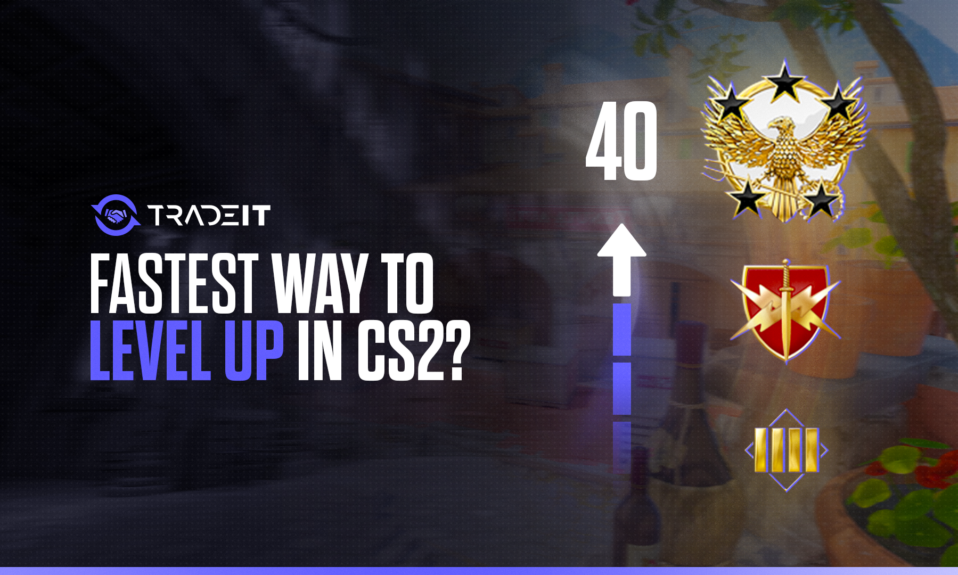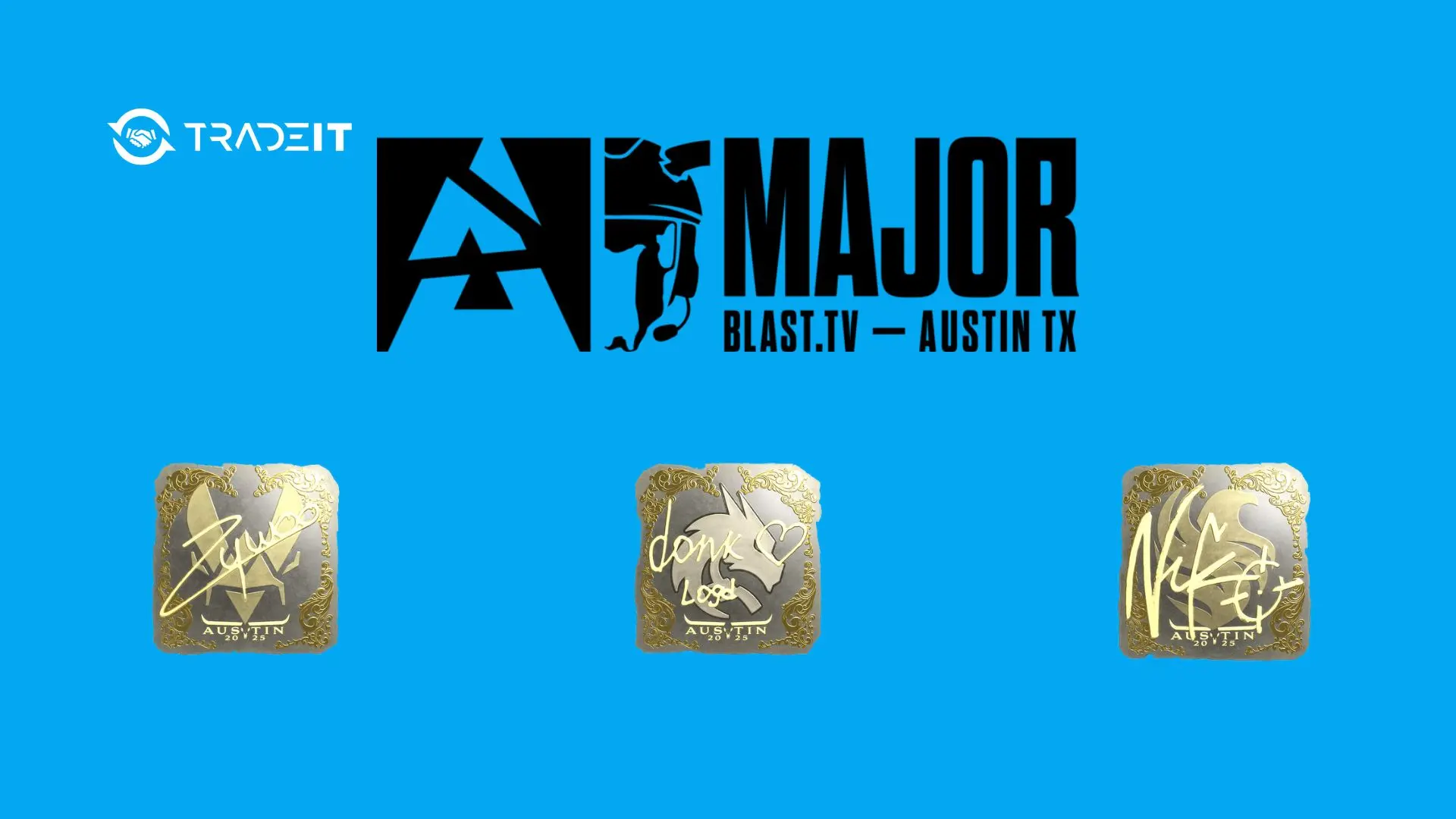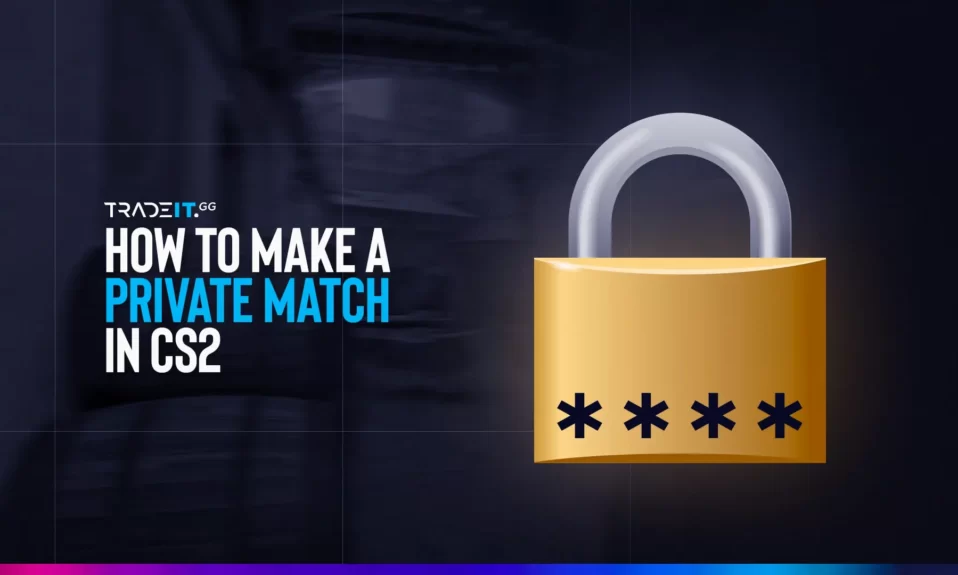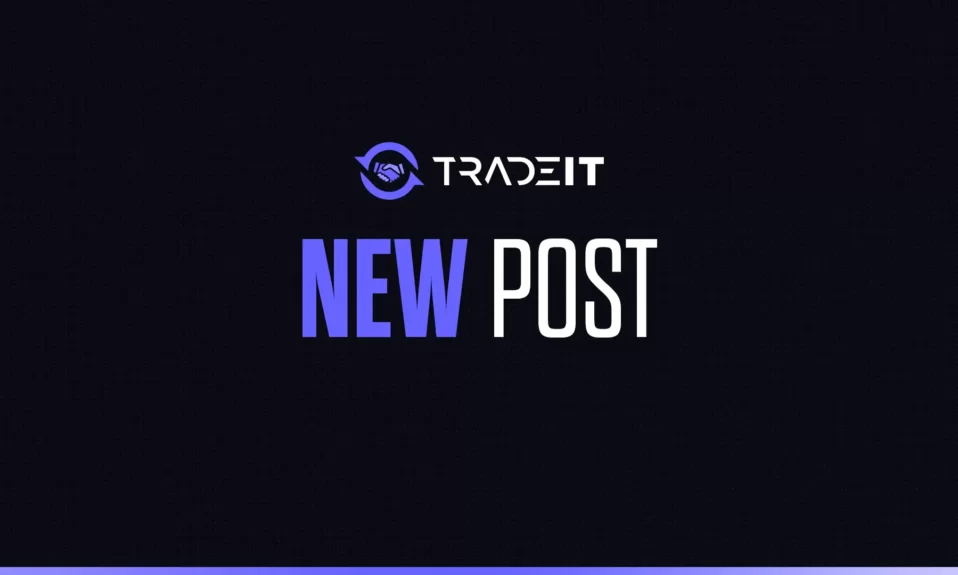
Train is one of the most iconic maps in Counter-Strike history, returning in CS2 with updated visuals and physics. It’s a tactical battleground known for its long sightlines, verticality, and a strong emphasis on map control and positioning.
Whether you’re a beginner trying to learn the ropes or an experienced player aiming to refine your callouts, this guide breaks down every key location on Train, complete with standard callouts, strategic tips, and positional awareness.
Train: Map Overview
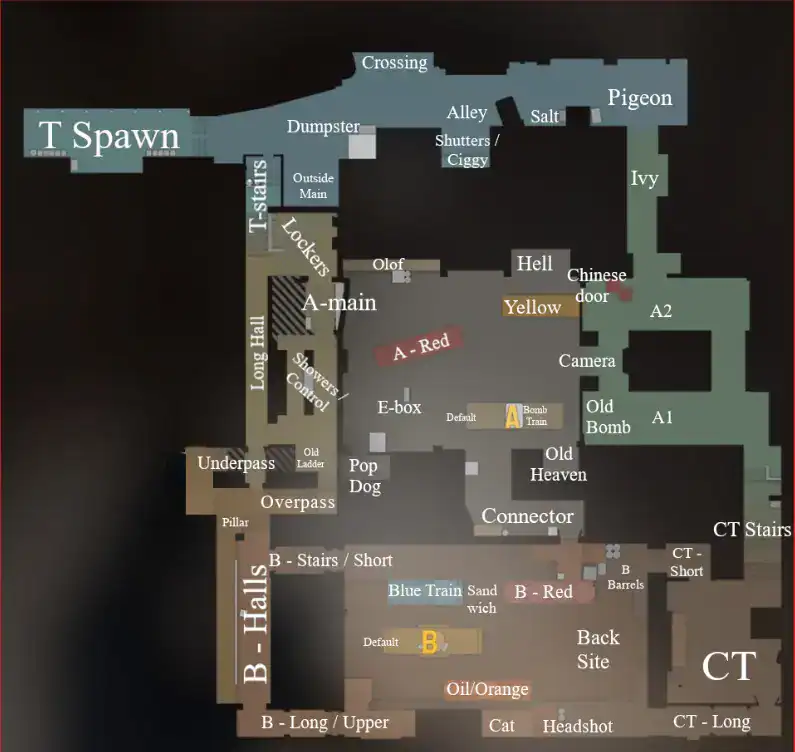
Train is a two-bombsite map (A and B) with a complex layout of trains, ladders, and narrow chokepoints. Understanding this map is essential to mastering both defense and offense due to its mix of open spaces and close-quarter areas.
Train Callouts to Learn
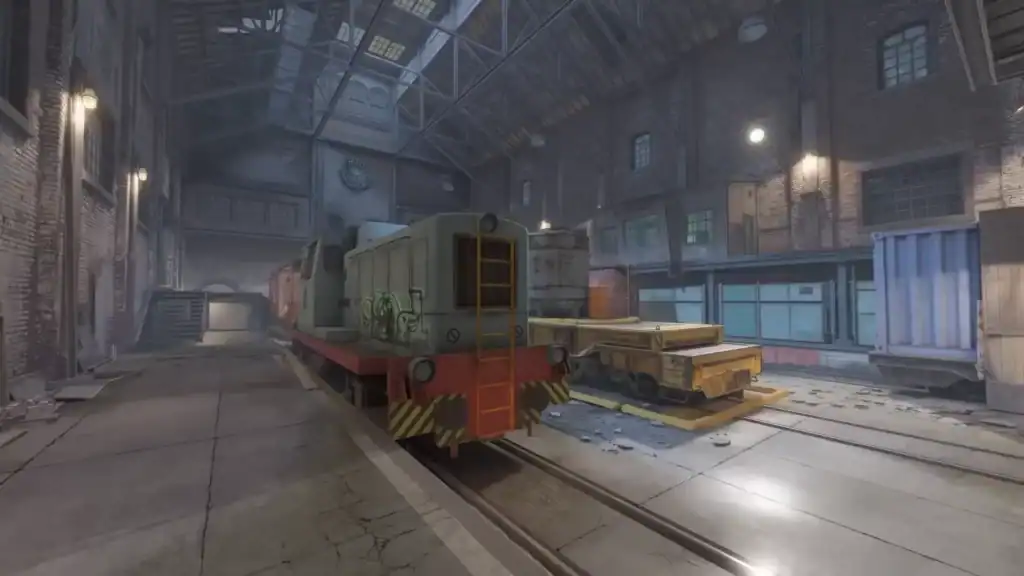
If you want to master Train, these are the areas and callouts you should study:
Terrorist (T) Side Spawn Area
- T Spawn
Starting location for T-side. - Upper Tunnels / Upper B / Brown Halls
Leads toward B Site via Upper B and Ladder Room. - T Stairs
Stairs connecting Brown Halls to Ladder Room. - Box Hall
The long hallway from T Spawn to Upper B.
B Site Callouts
- Upper B / Catwalk / Cat
Elevated platform leading to B Site. Ideal for snipers or throwing utilities. - Lower B / Ramp
The ramp leading directly from Box Hall into the bombsite. - Spools
Electrical spools at the back of the site. Common hiding spot. - Oil Train
The closest train to the Lower Ramp on B. - Z Connector / Connector
A hallway connecting CT Mid (Z) to both sites. - Heaven / Rafters
Elevated CT position above the site for overwatch. - Back Green / Back Site
Area behind Green Train. Often a defender’s stronghold. - Bomb Train (B)
Typically the Red or Brown train in the center of B where the bomb is planted.
Connector and Rotation Areas
- Z Connector / Z
Rotational hallway from CT Spawn between both sites. - CT Spawn
Spawn area for Counter-Terrorists. From here, they rotate to A or B. - Old Bomb / Hell
Position near Z leading into A Site. Close to Bomb Train (A). - White Hall / Sandwich Connector
Connects Ladder Room and Z. Also a rotation path for CTs.
A Site Callouts
- Ivy
Long corridor on the far left (from T Spawn). Leads into A Site from the side. - Popdog / Ladder Room
Vertical ladder room that drops into A Site. Strategic but dangerous. - T Main / T-Con
Main entrance from T Side into A Site. - Olof
Spot just outside T Main, next to the Olof Train. - E-Box / Electric Box
Small electrical box between T Main and Bomb Train. Common smoke and peek area. - Sandwich
Small space between Green and Bomb Train. - Green Train
Train directly in front of E-Box. - Blue Train
Usually to the left of Green. Used for cover and movement. - Red Train
Central train on A Site where bombs are often planted. - Bomb Train (A)
Usually refers to Red or Blue, depending on the bomb drop spot. - Hell
CT position looking into A from Connector. - Heaven (A)
Upper ledge near Bomb Train, rarely used but provides top-down view. - Camera
Corner where CTs may hold an angle into Ivy or A Main.
Strategic Chokepoints

- T Main / T-Con: Main entrance for T-side into A Site. Needs good utility to take.
- Popdog: Quick entry into A Site. Best used for fast executes or split pushes.
- Ivy: Offers long-range duels. Needs coordination for late-round executes.
- Brown Halls: Starting point for B executions. Holding this controls CT aggression.
- Connector (Z): Critical for CT rotations. If Ts take control, it splits defense.
Tactical Tips for Train
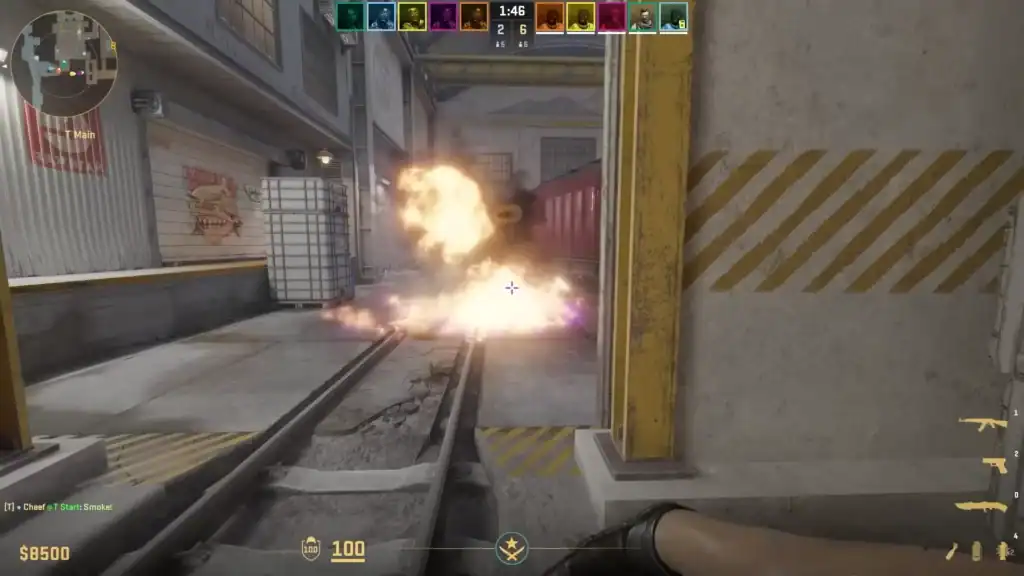
Here are some tactical tips that will improve your chances of winning rounds:
T-Side Tips
CT-Side Tips
Advanced Positioning Terms on Train
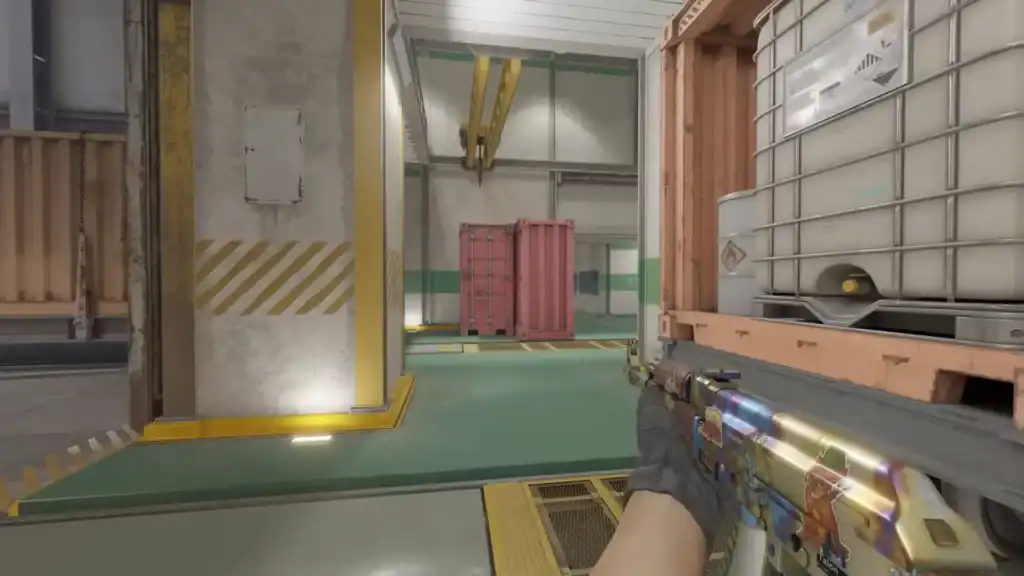
At higher CS2 ranks, you’ll be expected to know these terms:
Conclusion
Learning the callouts and positional names on Train is essential for coordinated team play in CS2. Whether you’re defending A Site with tight angles or executing a split onto B through Upper and Ramp, knowing these callouts boosts your communication and tactical advantage.
Memorize the layout, practice with your team, and use this guide to enhance your map knowledge. With time, you’ll move from simply calling “enemy A” to giving pinpoint intel like “one Sandwich, one Z rotating.”


